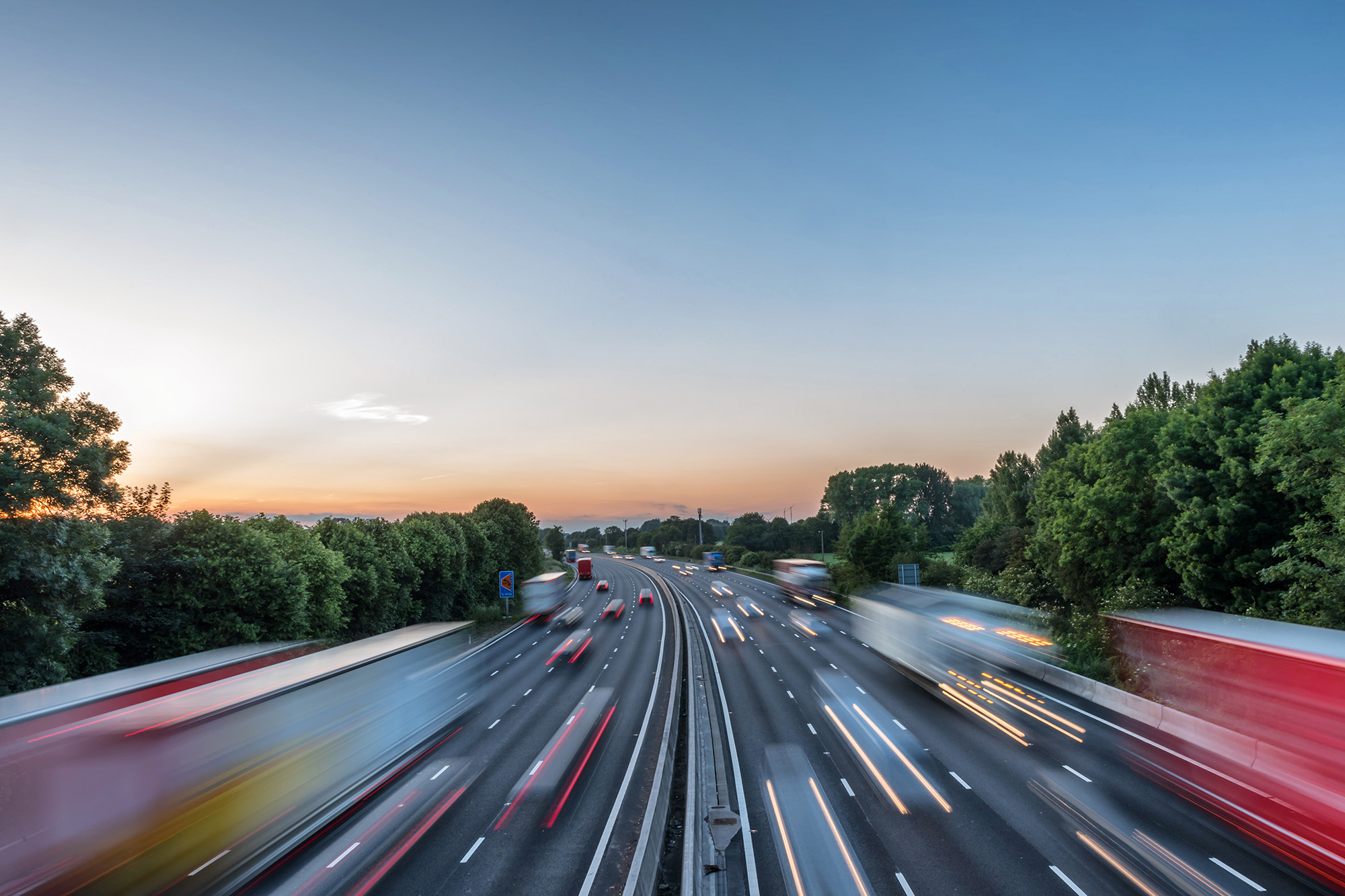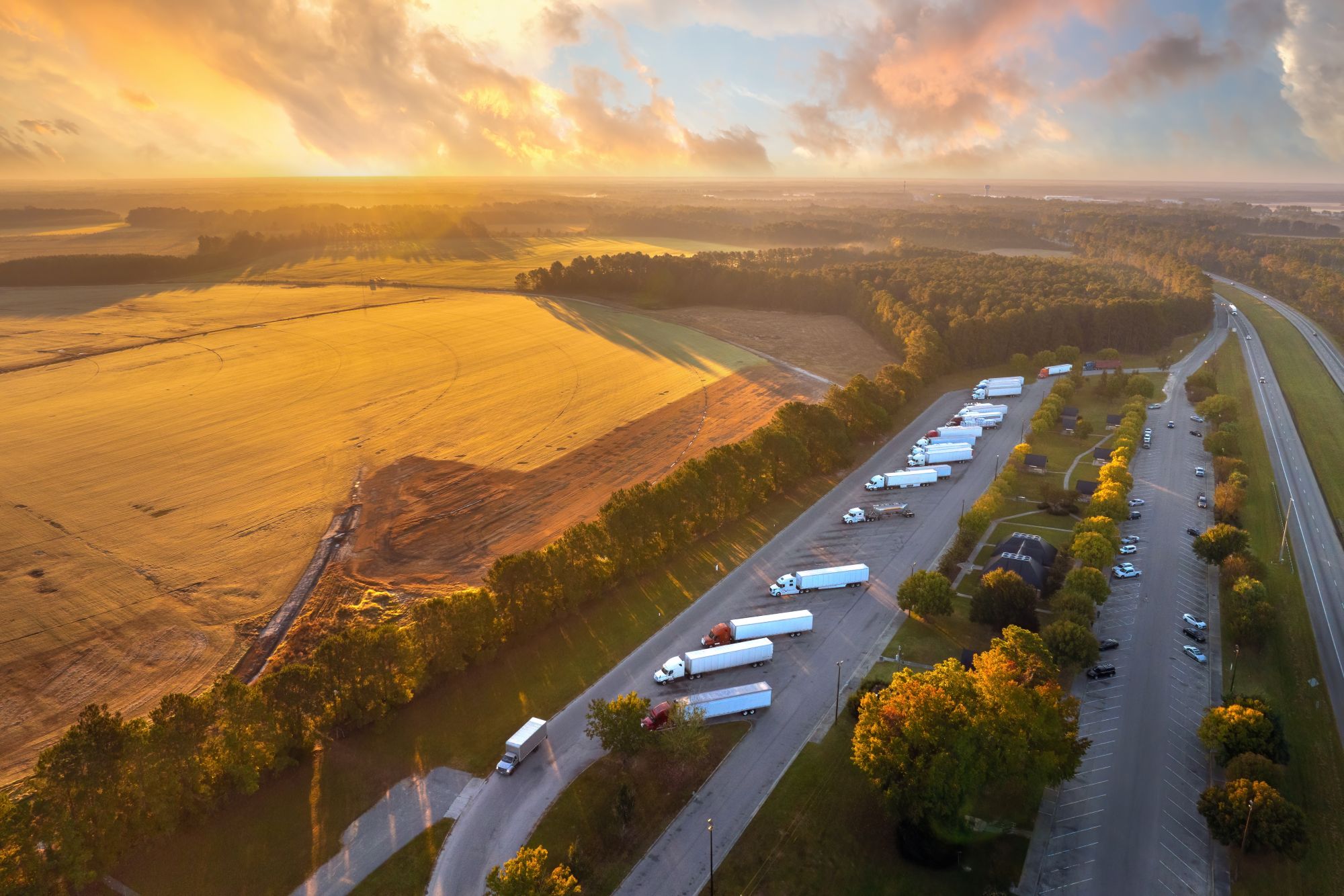
Susie Jones
Dove va a finire la tassa sul traffico pesante?
Creato: 22/08/2024
•
Aggiornato: 22/08/2024
Il 1° agosto 2023, il governo ha reintrodotto la tassa sul traffico pesante dopo una sospensione di tre anni. Dalla sua introduzione nel 2014, il prelievo è stato un evento regolare ma sgradito per gli operatori del settore dei trasporti, lasciando molti autisti e flotte a chiedersi quali siano i vantaggi.
Che cos'è l'imposta sul traffico pesante?
Il sito web del governo afferma che la tassa sul traffico pesante:
"Garantisce che tutti i mezzi pesanti a partire da 12 tonnellate di peso diano un contributo quando utilizzano le strade del Regno Unito".
A cosa serve?
L'imposta affronta l'impatto ambientale e i costi infrastrutturali che i veicoli commerciali pesanti hanno sul Regno Unito. Il suo scopo e i benefici che propone sono i seguenti:
Equità - Il prelievo garantisce che gli autocarri che gravano in modo significativo sull'infrastruttura stradale contribuiscano ai costi di manutenzione e sviluppo.
Emissioni - A causa dell'impatto ambientale dei mezzi pesanti, la tassa incoraggia veicoli più puliti ed efficienti.
Manutenzione delle strade - I finanziamenti provenienti dalla tassa sul traffico pesante mantengono e migliorano l'infrastruttura stradale, assicurando che coloro che beneficiano della rete stradale contribuiscano direttamente alla sua manutenzione.
Perché è stata sospesa la tassa sul traffico pesante?
Durante la pandemia del 2020, per contribuire a ridurre le responsabilità finanziarie degli autotrasportatori britannici e stranieri, il governo ha sospeso il prelievo sui mezzi pesanti: la sospensione era prevista per un anno, ma è stata estesa a tre anni.
La nuova tassa sui mezzi pesanti è stata reintrodotta ed è mirata principalmente alle emissioni, al peso e al tempo trascorso nel Regno Unito. Gli autotrasportatori possono aspettarsi di pagare da 150 a 749 sterline a seconda del peso del veicolo (incluso il peso del rimorchio), della sua classe di emissioni Euro e del tempo trascorso nel Regno Unito.

Dove gli automobilisti vogliono che venga spesa la tassa?
Un rapporto condiviso dalla RHA ha affermato che i suoi membri vogliono che la segnaletica per lo sciopero dei ponti sia pagata con il contributo. Tuttavia, un sondaggio condotto tramite Facebook ha rivelato che il 75% degli automobilisti vuole che i soldi del prelievo sui mezzi pesanti vengano spesi per migliorare le strutture stradali.
L'autista di camion Luke vorrebbe che "la tassa sui mezzi pesanti venisse investita in parcheggi sicuri, igienici e a prezzi accessibili prima di ogni altra cosa".
Essendo gli autogrill un rifugio per gli autisti, è fondamentale che offrano loro strutture eccellenti e un parcheggio sicuro. Per molti autisti sono più di un luogo dove riposare e fare rifornimento: sono un luogo che svolge un ruolo cruciale nel migliorare il benessere.
I conducenti Ian e Peter vogliono che il denaro venga speso per espandere la rete in tutto il Regno Unito.
"Abbiamo bisogno di più luoghi in cui parcheggiare in sicurezza", afferma Ian. Peter spiega che il settore ha un estremo bisogno di "strutture migliori nelle aree di sosta e di nuove aree di sosta".
Sebbene la reintroduzione del prelievo sui mezzi pesanti sia stata accolta con un sentimento negativo da parte degli operatori del settore, le aziende devono accettare che il prelievo è destinato a rimanere. Il suo ruolo garantisce entrate per la manutenzione delle strade ed è fondamentale per incoraggiare un'industria pulita e più efficiente.
Chi deve pagare la tassa sugli utenti della strada per i mezzi pesanti?
Gli operatori e i conducenti sono responsabili del pagamento della tassa. I veicoli non britannici devono pagare prima di entrare nel Paese. Per gli autocarri immatricolati nel Regno Unito, le aliquote vengono calcolate automaticamente dalla DVLA e pagate con la stessa transazione dell'imposta sull'esercizio del veicolo.
Il governo finanzia ancora la formazione dei conducenti di veicoli pesanti?
Per contribuire ad alleviare la pressione che la Brexit e la pandemia hanno avuto sull'industria del trasporto, nel 2021 il governo ha introdotto dei piani per far circolare più autisti. I finanziamenti hanno permesso di formare 4.000 autisti per ottenere la patente HGV. Sono stati aperti degli HGV Skills Bootcamps per finanziare anche altri studenti adulti.
Il Dipartimento per l'Istruzione ha confermato che i finanziamenti saranno erogati fino alla fine dell'anno accademico 2023.



